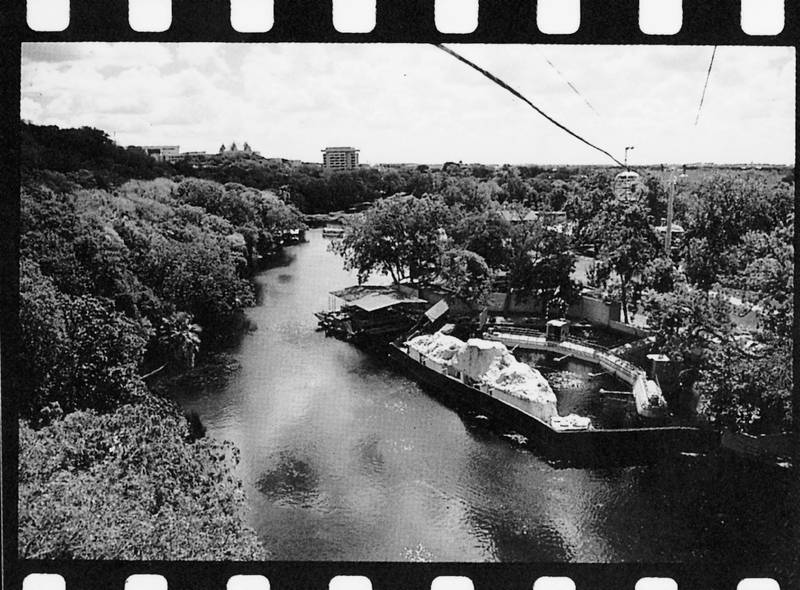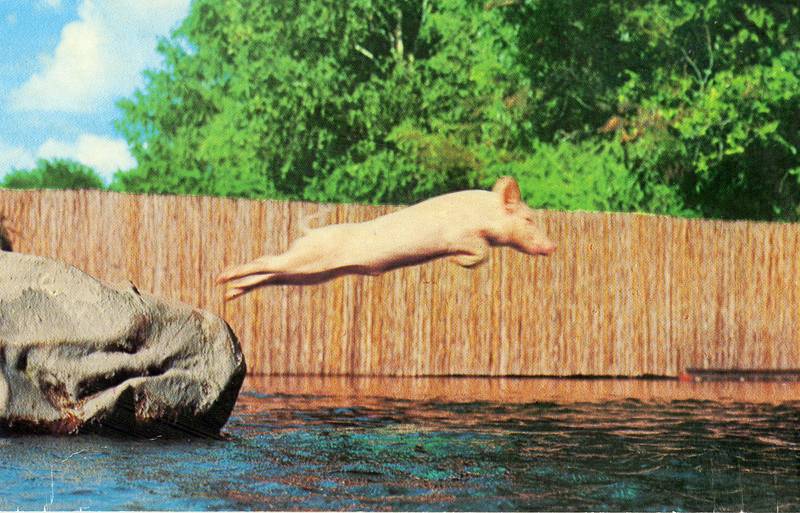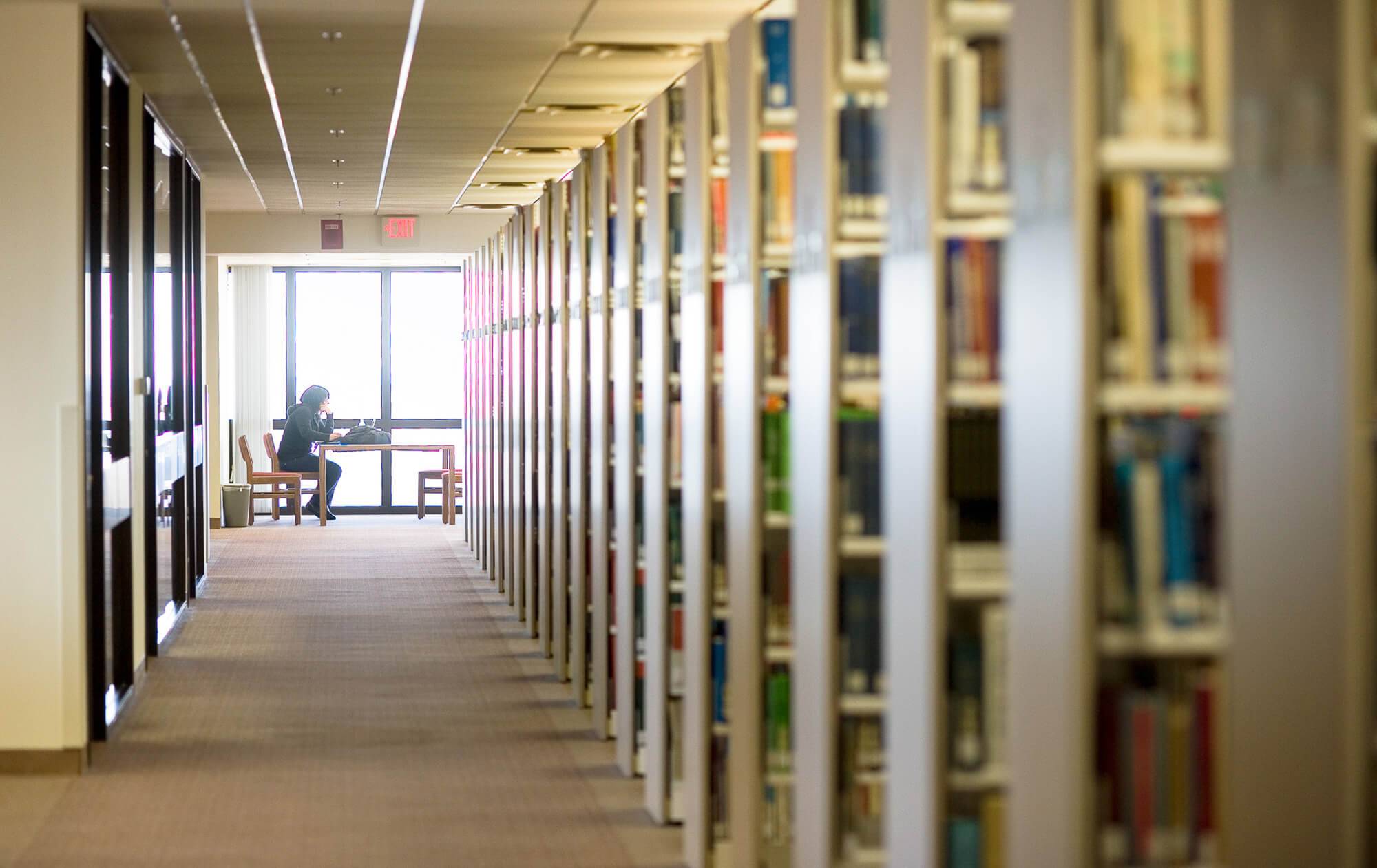Primary Source Research
The Special Collections and Archives are home to a vast array of history, encompassing over 2300 linear feet of diverse materials. The archives offer opportunities for original research across every discipline.
Researching in the archives can provide inspiration for creating innovative research questions and provide unique insight into the focus of your research. By doing so, they can provide the evidence needed for you to critically explore your chosen subjects and formulate your own informed response.
By providing access to these first-hand accounts and archival materials, the Special Collections and Archives plays a crucial role in enriching research. Scholars can explore these archival collections in depth, uncovering new perspectives and contributing to the scholarly discourse.

Aerial View of Aquarena Springs
Primary vs Secondary Research
Primary Source Research
Primary resources are records that provide first-hand testimony or evidence of an event, action, topic, or time period. Primary resources are usually created by individuals that directly experience an event or topic, and record their experience through photographs, videos, memoirs, correspondence, oral histories, autobiographies, or official organizational records.
Secondary Source Research
Secondary sources are usually published books or articles by authors who were not eyewitnesses or participants in the historical event or period and who base their interpretation on primary sources, research, and study.

Ralph the Swimming Pig
There is no single 'correct’ way to use primary sources in your research and there are many possibilities to explore. From using statistics to demonstrate trends, to exploring lived history through personal diaries and oral histories to a study of the design traditions of architecture and building layouts.
Analyzing Primary Sources
The 6 “Cs” of Historical Analysis:
- Content: Describe the primary source in detail.
- Creation: Who created this? When? Why?
- Communication: What is the author trying to communicate to the viewer/reader? Do they have a particular perspective or bias? Who is their potential audience?
- Context: What is going on in the world, country, region, or locality at the time when this was created?
- Connections: What links can you make between the primary source and your own knowledge of the time period and subject matter?
- Conclusions: How does this primary source contribute to our understanding of history or literature?
Ways to Explore the Archives
University History and Traditions

Need a few quick facts about Texas State? Check out the University's History and Traditions pages. From historical "firsts" to information about campus traditions and landmarks, this link is a great resource for learning about the university.
University History Guide

Looking for a bit more in-depth info about the university? Take a look at our online history guide. From general university history to Lyndon B. Johnson to genealogical resources, this guide provides digital resources and information about Texas State.
